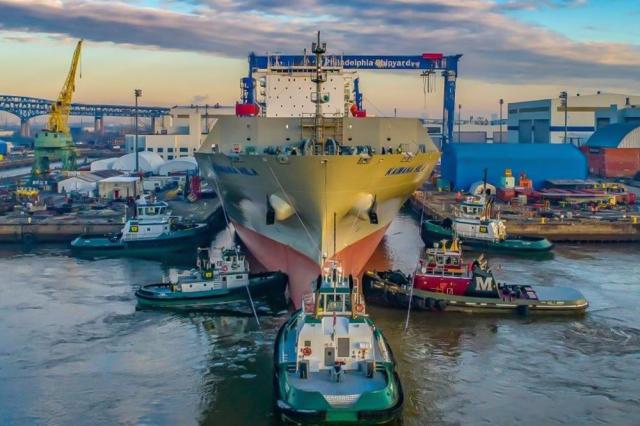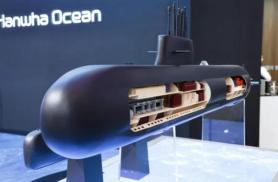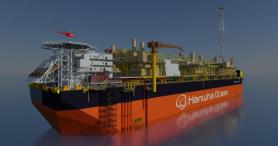
SEOUL, July 16 (AJP) - Hanwha is rolling out advanced 3D printing technologies at Philly Shipyard, part of a sweeping plan to transform the historic U.S. shipbuilding site into a hub for high-value commercial and military vessels.
Hanwha Ocean and Hanwha Systems, which jointly acquired the Philadelphia-based facility in 2023, have begun deploying metal additive manufacturing processes to fabricate complex components directly on-site — a shift that marks a departure from traditional shipbuilding methods, which typically depend on third-party suppliers for precision parts.
The initiative is central to Hanwha’s strategy to boost efficiency, localize production in the United States, and expand into premium sectors such as liquefied natural gas (LNG) carriers and naval vessels. Company officials say in-house production of selected parts could shorten construction timelines and improve responsiveness in time-sensitive defense and energy projects.
“By integrating additive manufacturing with digital production tools, we’re redefining how ships are built in the U.S.,” a Hanwha spokesman said in a statement.
The project draws on experience from Hanwha’s South Korean shipyards, where 3D printing is already being used to produce engine components like bellmouths, prechambers and custom pipe fittings.
The company plans to replicate and scale those practices in Philadelphia, adapting them to meet U.S. regulatory standards and operational requirements.
To facilitate the transition, Philly Shipyard has launched a series of workforce training programs covering additive manufacturing design, 3D printer operations, and digital systems integration.
The company is also digitizing its parts catalog, introducing augmented reality training modules, and installing a centralized control system that leverages satellite-based positioning for real-time assembly tracking.
At the heart of Hanwha’s commercial ambitions is the growing demand for LNG carriers in the United States. The company projects that 11 vessels will be needed by 2028, representing a market opportunity of roughly $2.8 billion, based on an estimated $255 million per ship.
Beyond the commercial market, Hanwha is eyeing a broader role in U.S. naval shipbuilding. Philly Shipyard is currently participating in U.S. government pilot programs — partnering with the Navy, defense contractors, and research institutions — to qualify 3D-printed components for use on active-duty vessels.
To meet the stringent demands of U.S. military contracts, Hanwha has implemented a robust testing regime that includes ultrasonic and x-ray inspection and fatigue testing in simulated maritime conditions.
The company is also incorporating digital twin models and AI-powered predictive maintenance systems to monitor the real-time performance of ship components throughout their lifecycle.
Copyright ⓒ Aju Press All rights reserved.




View more comments